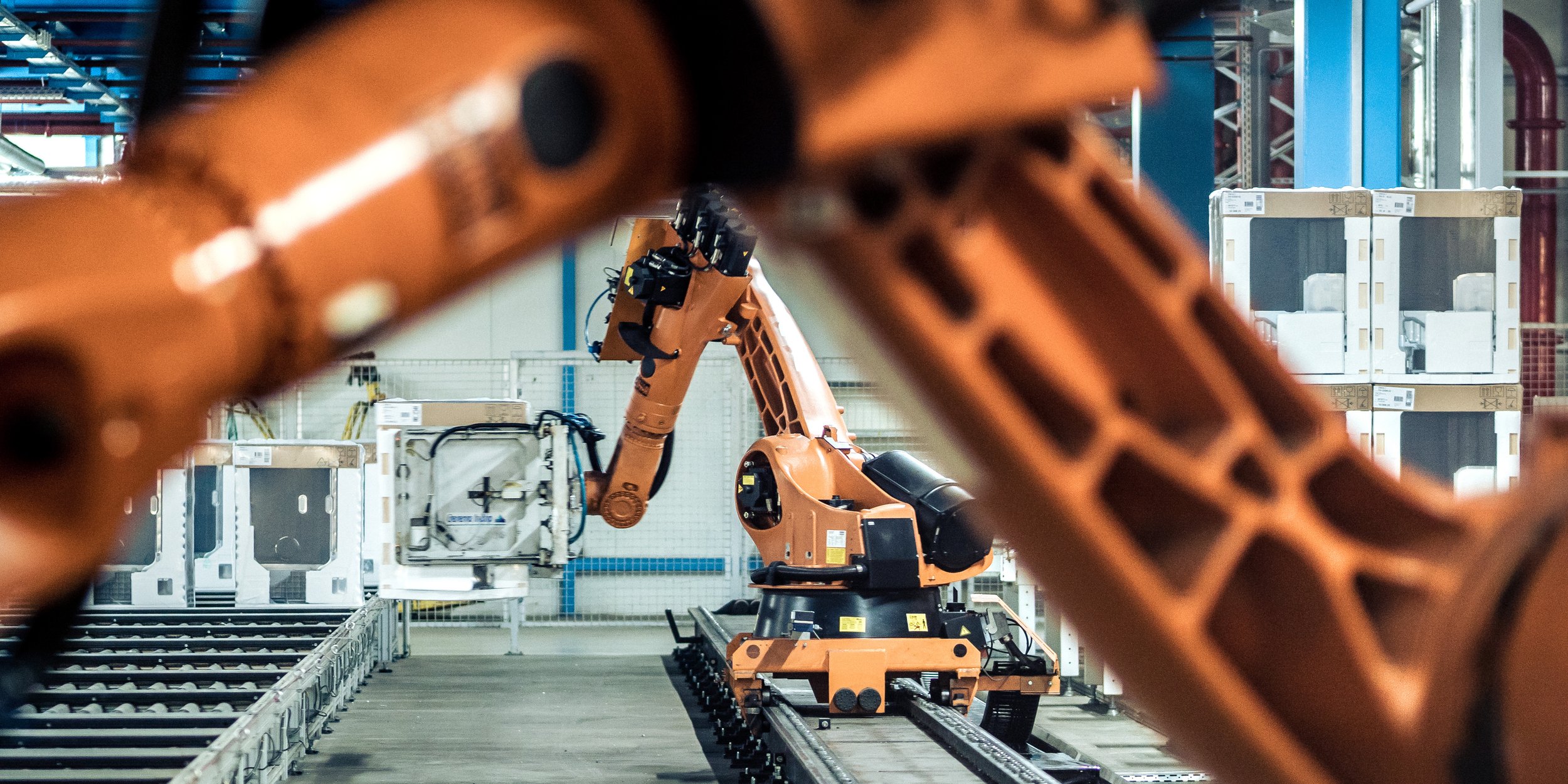The steel industry plays a key role for industry in Europe. The sector employs around 300,000 people and has a major impact on the economy. Steel is the raw material in so many other industries, for example construction and automotive, white goods, and electronics. Each job in steel generates an additional eight jobs.The EU is the world’s second largest steel producer after China. The bloc produces about 170 million tons of crude steel a year in more than 500 plants spread across member states. The European steel industry is still a world leader in high-quality specialized products. But in recent decades, its share of world steel production has gradually decreased, relative costs have increased, while many countries in other parts of the world have built up extensive production capacity.Steel is an energy-intensive sector, and the steel industry accounts for seven to nine percent of global carbon dioxide emissions. This has resulted in tougher measures to encourage the sector to accelerate its switch to sustainable production. This has triggered substantial investment in new technology, with producers being forced to establish new production facilities, or relocate or rebuild existing plants. How do we address this while demand is declining and competition from producers in Asia and other parts of the world is surging?The European steel industry could be likened to a large oil tanker that is hard to turn around. The sector needs huge investment to enable it to transition. At the same time, it is difficult to marry mining with low-cost renewable energy. Energy costs can account for up to 40 percent of operating production costs. Costs that are expected to increase further with the EU’s new emissions regulations.The industry is also plagued with long and complex value chains. Companies must handle many interconnected volatile assets, a large number of product units where materials are transported between steelmaking and rolling, as well as rolling and alloying. A diverse customer base with varying service and quality requirements, complicated distribution channels and small financial margins add further complexity. Now, when examining opportunities of switching to “green technology”, technical feasibility, existing infrastructure, market requirements, operating costs, (i.e., the price of renewable electricity, the price of scrap metal), and more need to be looked at.An adjustment to meet increased need of “green steel” thus requires significant investment from an industry that is capital-intensive but with small margins and where demand for steel produced in conventional methods is shrinking.Despite established European steelmakers now facing enormous challenges caused by changes necessary to meet new environmental standards, the EU’s so-called Green Deal is welcome. The sector will be faced with enormous investment costs and demands for public funding are likely to increase.

